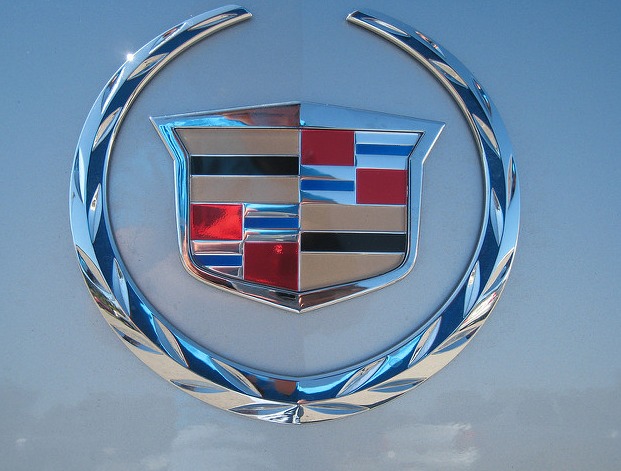Despite all the headlines touting the new highs in the Dow Jones Industrial Average (DJIA) and the S&P 500 Index (SPX), mid-cap stocks remain at the head of the pack year-to-date. The S&P 400 MidCap Index (MID) advanced 6.7% versus 6% for the large-cap S&P 500 Index.
Mid-caps are also trouncing their small-cap competition, as the S&P 600 Smallcap Index (SML) is only up 2.6% year-to-date.
Looking at the style indices, the picture is even clearer: mid-cap value stocks are outpacing midcap growth stocks. Whereas last year investors were “risk on” and ignored valuation, this year the focus is on “GARP,” or growth at a reasonable price.
This preference for value stocks has helped make energy and utilities sectors the top-performers for the quarter in mid-cap universe. Another big driver of energy stock gains, beside their reasonable valuations, has been the unstable political situation in Iraq.
Two top-performing mid-cap names held in the EQM Capital Mid-Cap Quant portfolio are Phillips 66 Partners (PSXP) and Diamondback Energy (FANG).
On the other hand, most consumer discretionary stocks have disappointed. Despite the fact that consumer confidence is at six-year highs, the consumer is not spending, as demonstrated by weak performance for many retail and restaurant chains.
Athletic apparel maker Under Armour (UA), a portfolio holding, has been an exception to that trend. Consumers appear to be more selective about the brands and types of apparel they are purchasing.
Looking forward to the second half of the year, strong corporate earnings may lead to further gains in mid-cap stocks. In my opinion, many mid-cap names still remain a good value compared to their earnings growth. I have no way of knowing for sure, but I believe the current five-year bull market has further room to run, particularly among quality mid-cap names.
DISCLAIMER: The investments discussed are held in client accounts as of June 30, 2013. These investments may or may not be currently held in client accounts. The reader should not assume that any investments identified were or will be profitable or that any investment recommendations or investment decisions we make in the future will be profitable. Past performance is no guarantee of future results.




